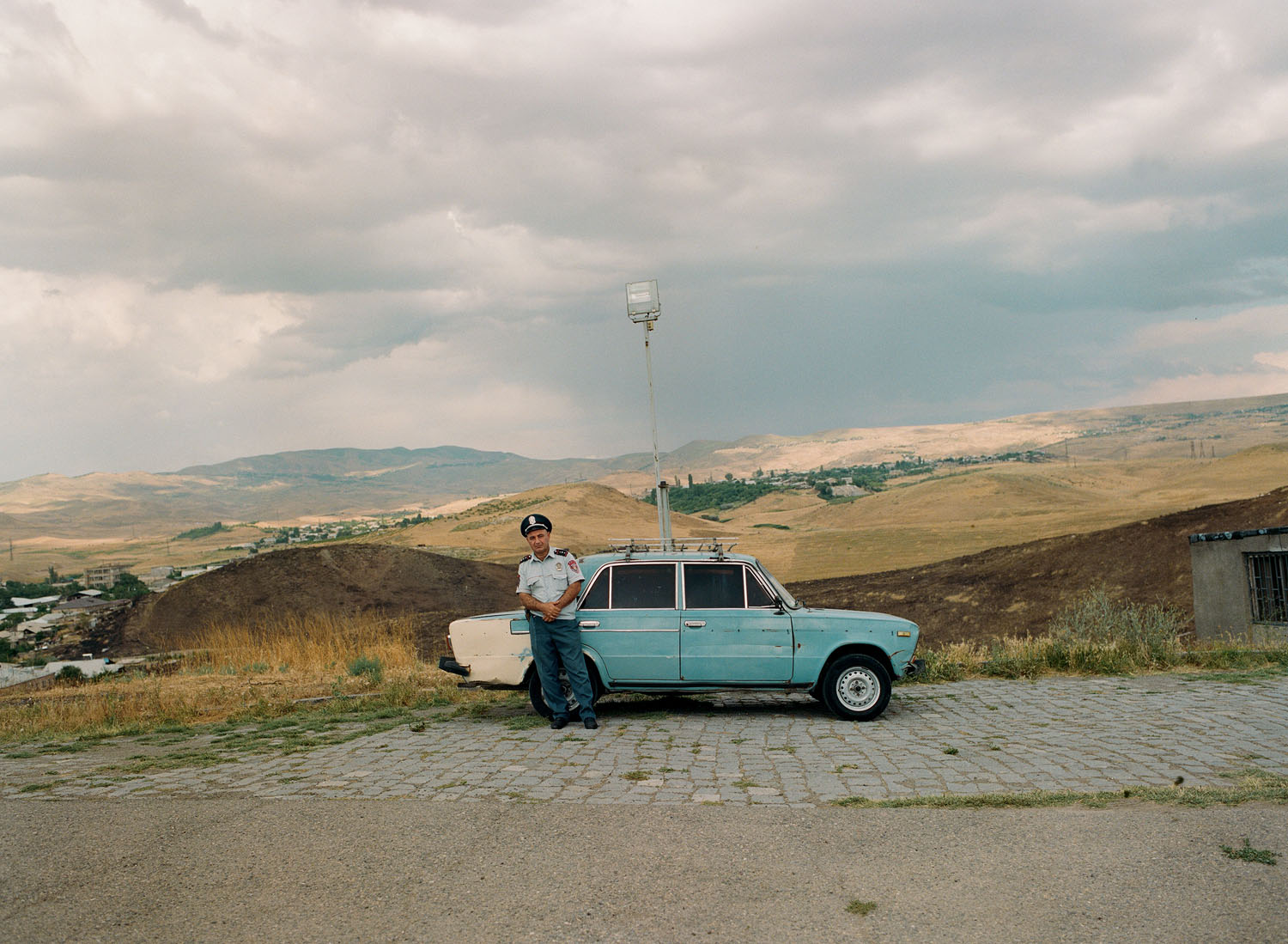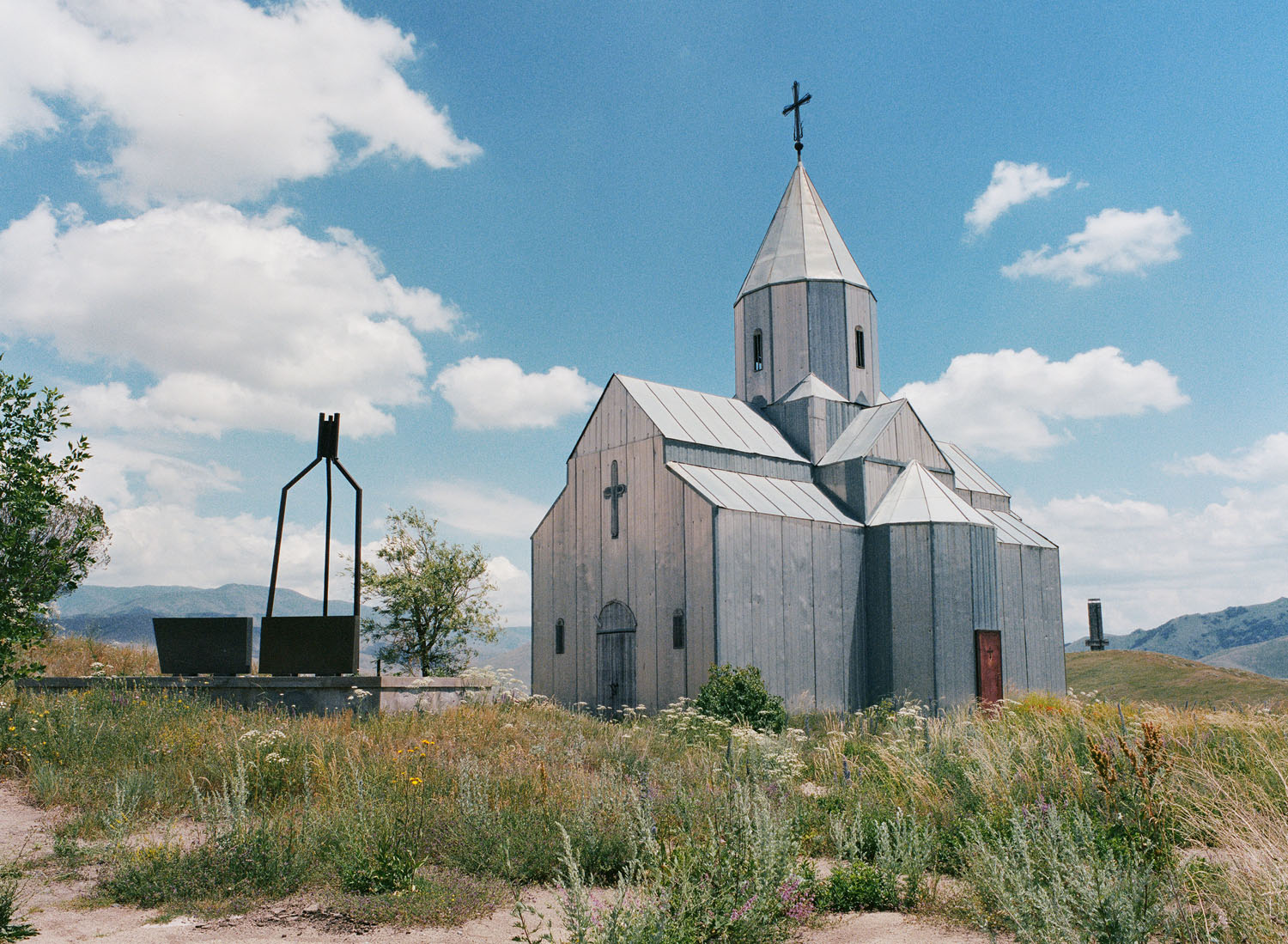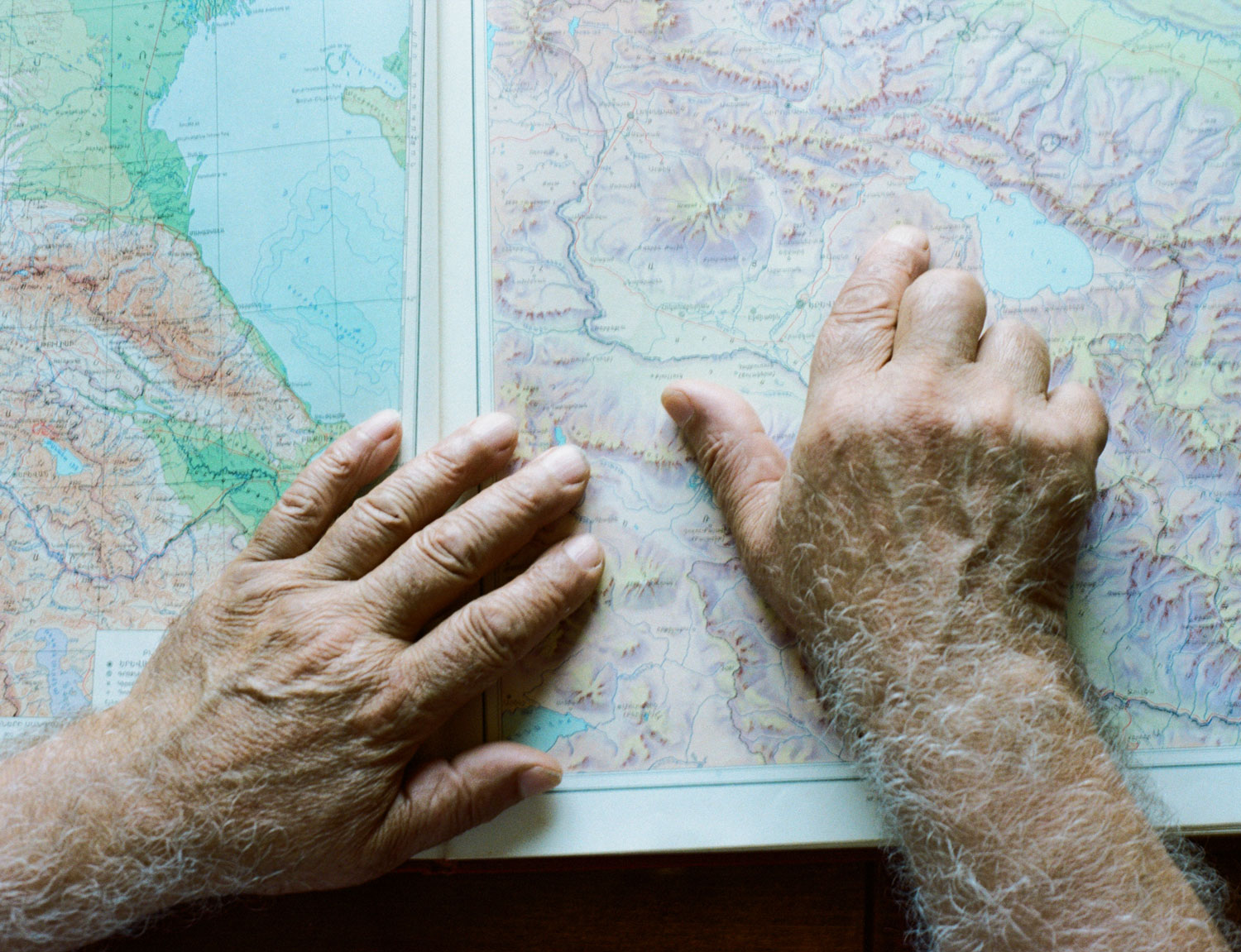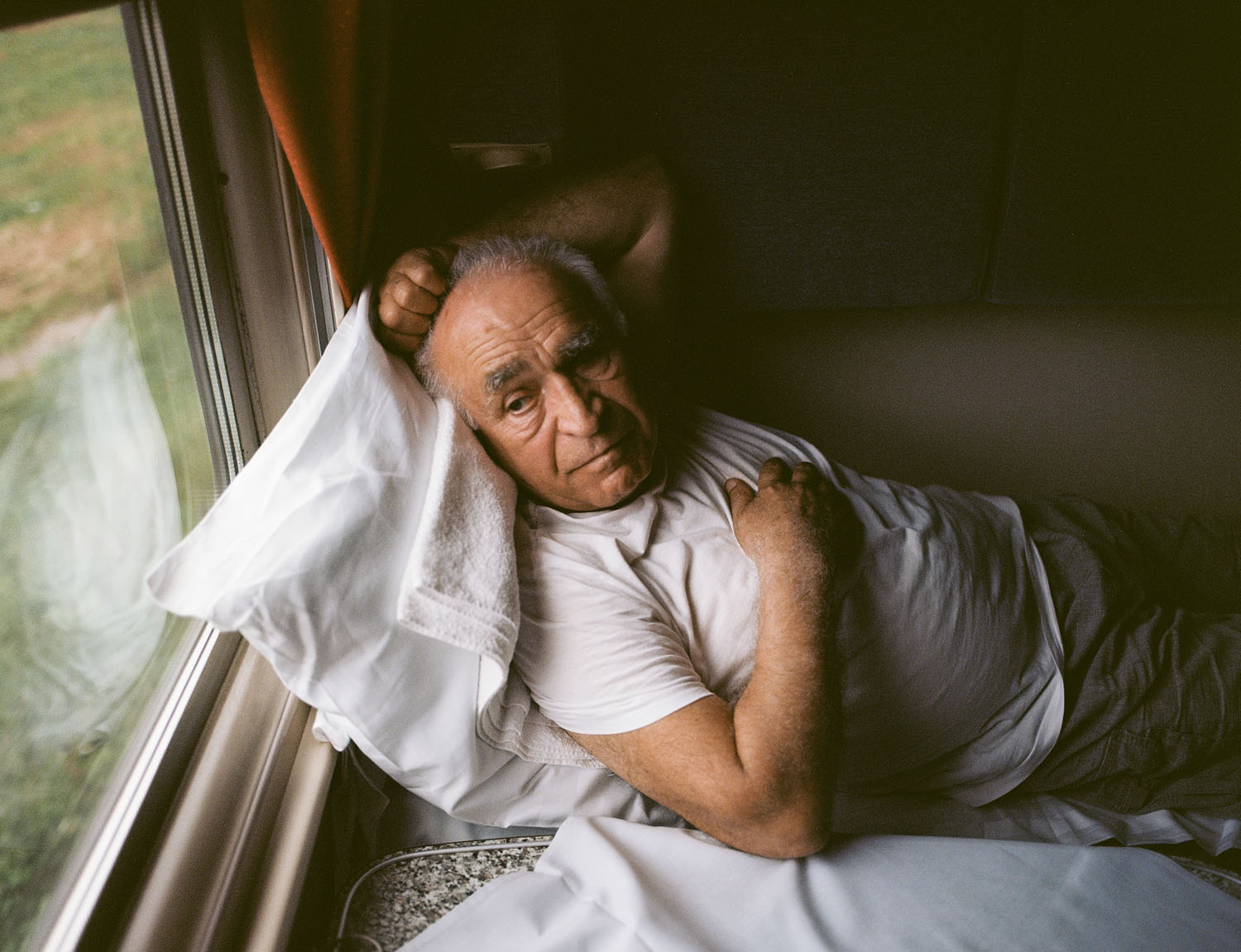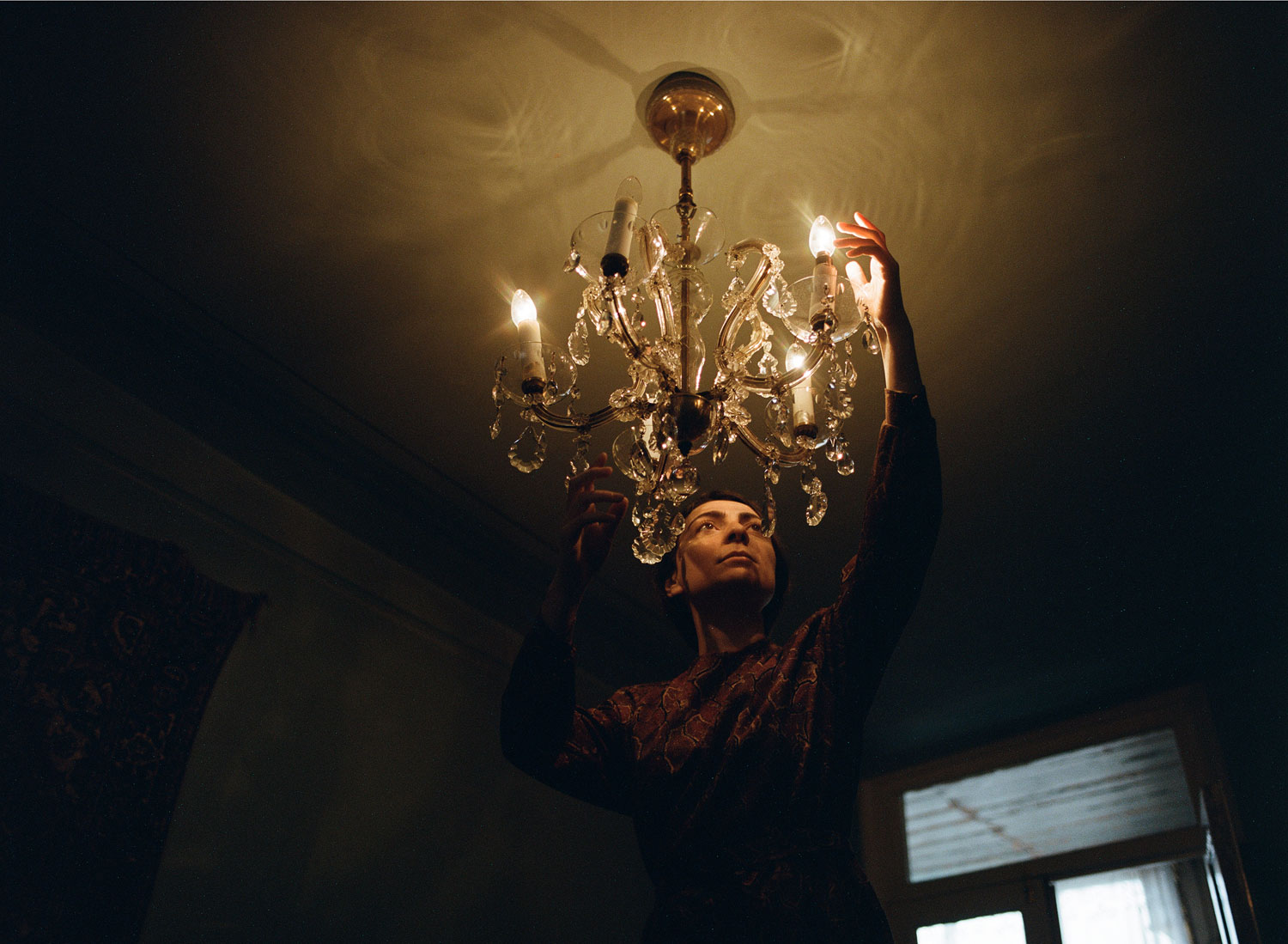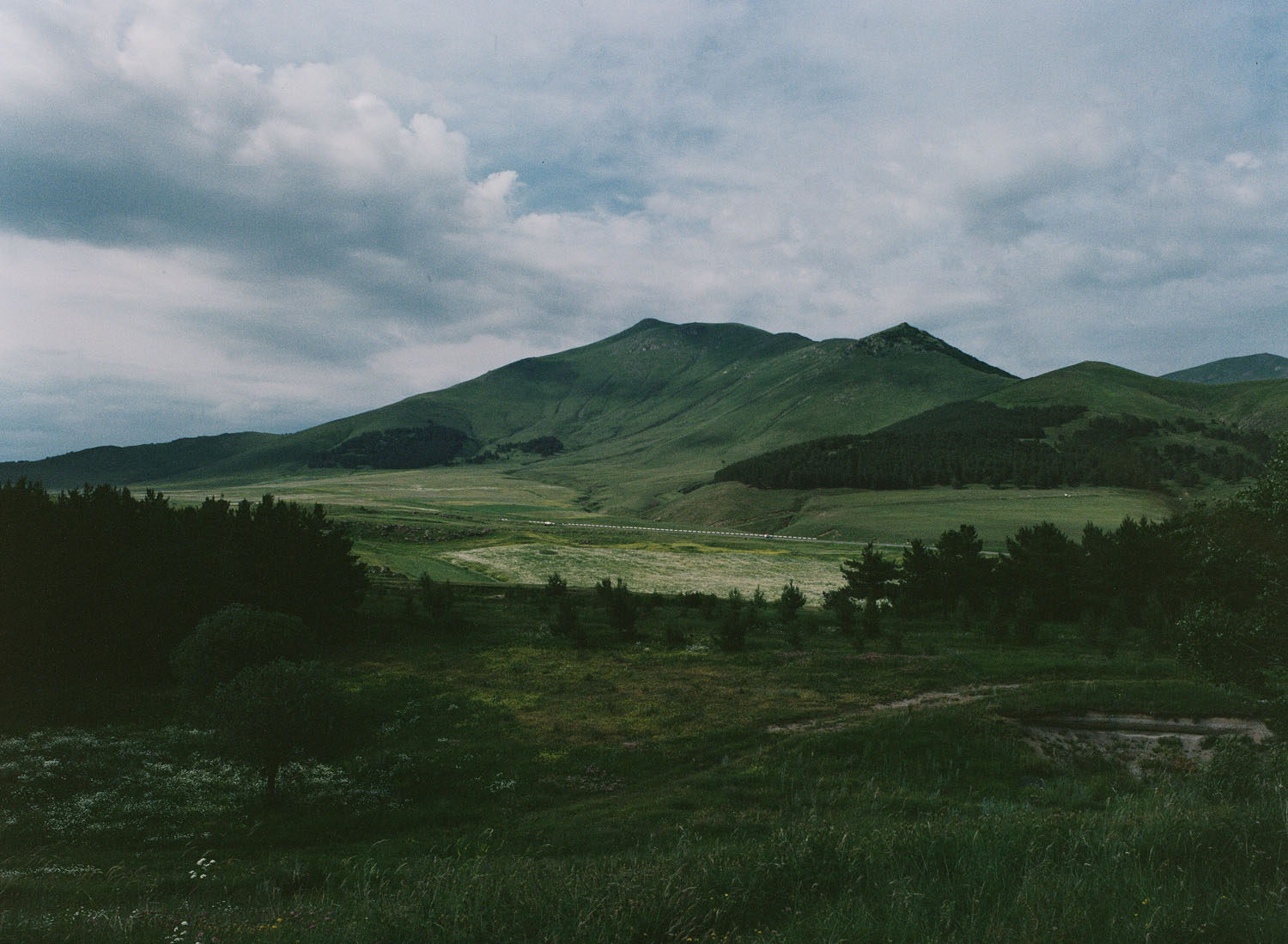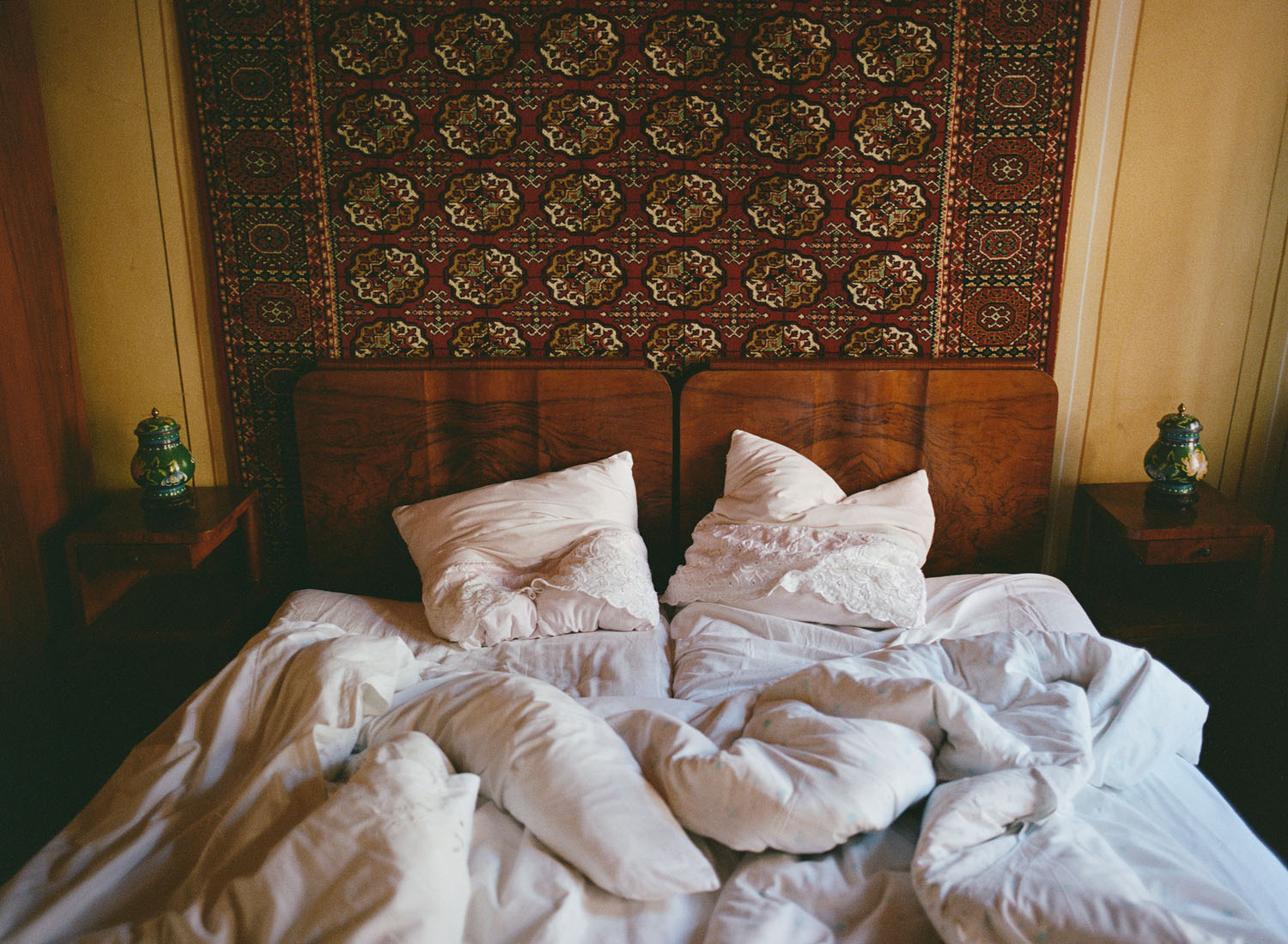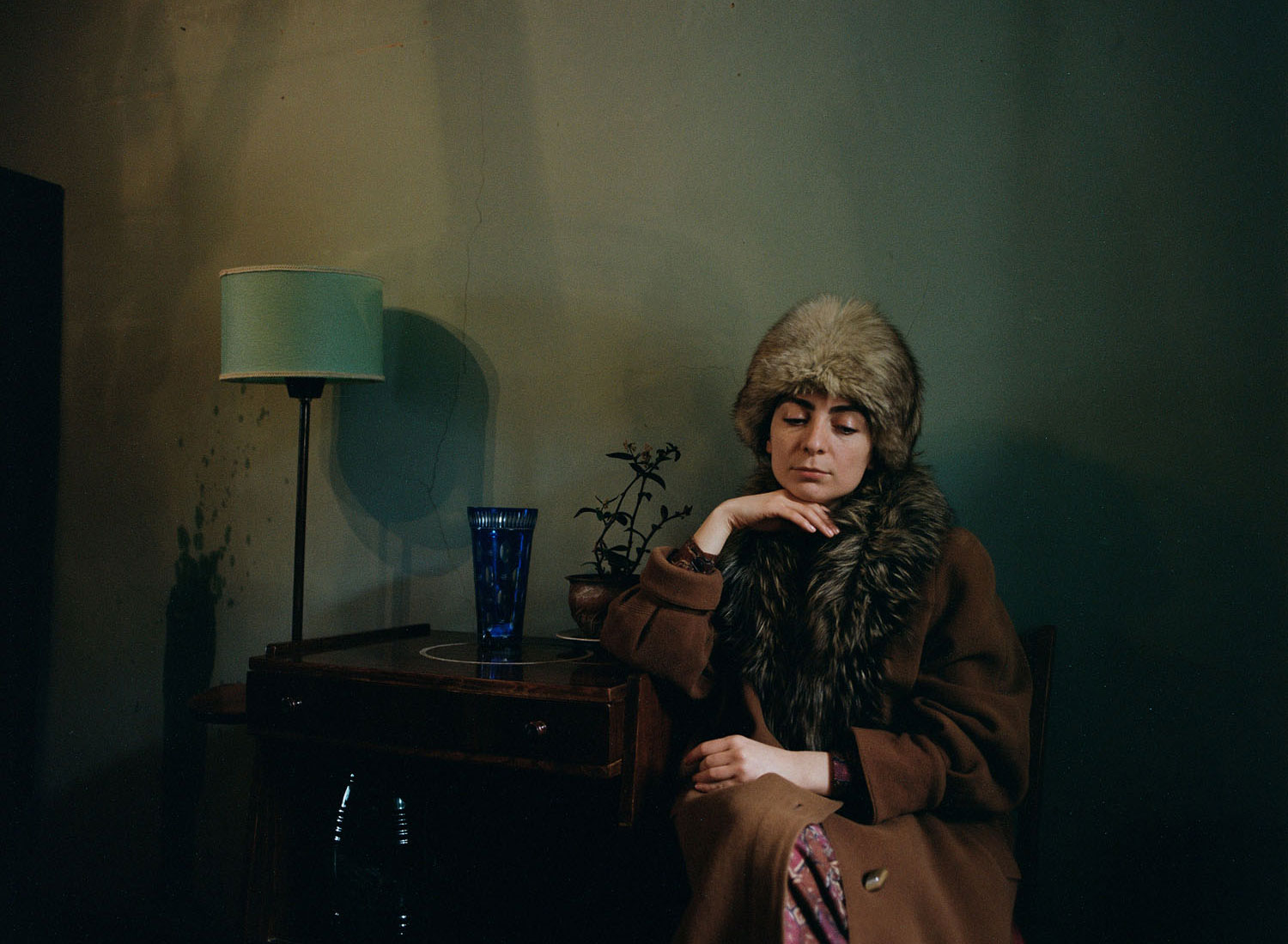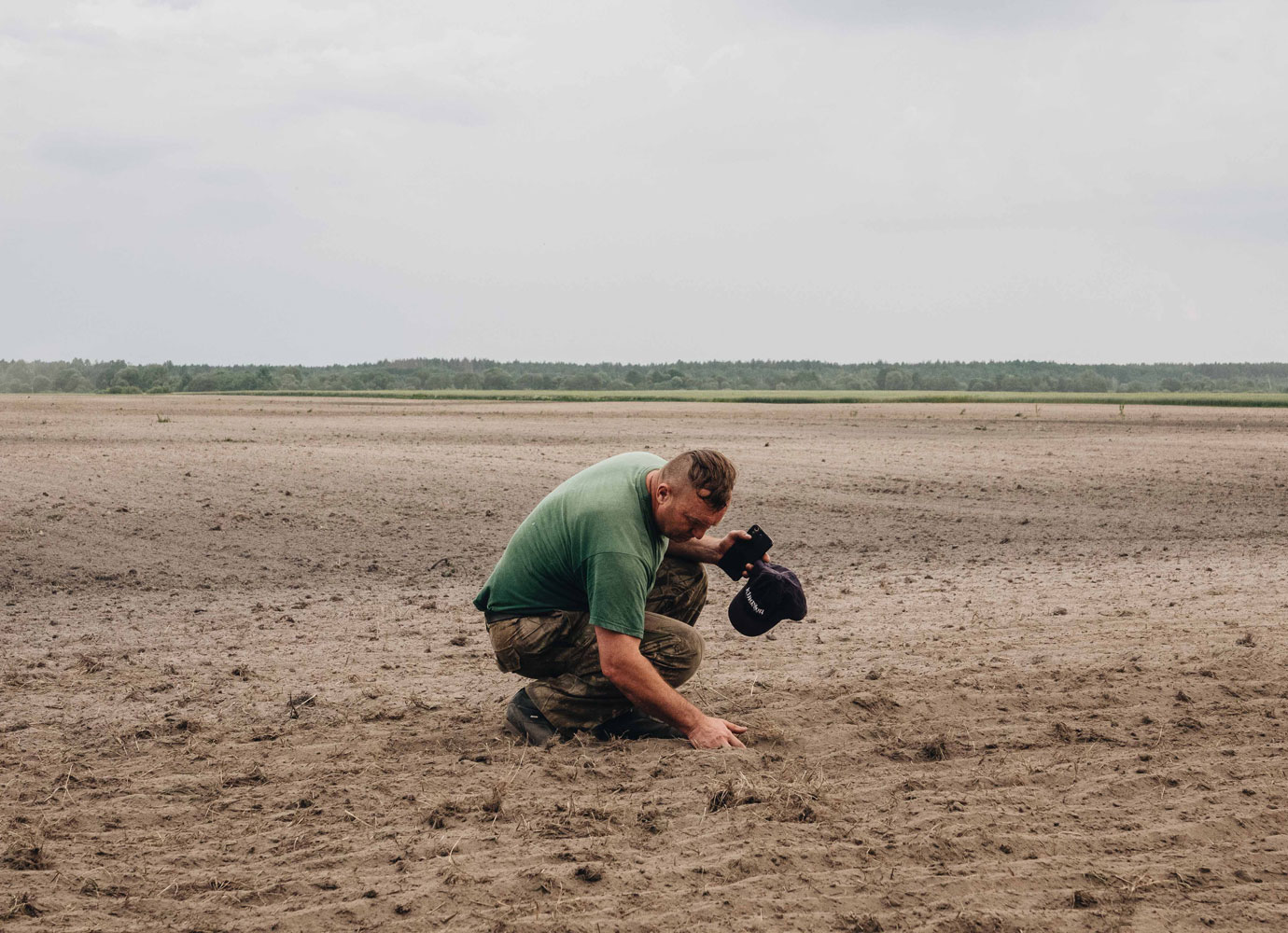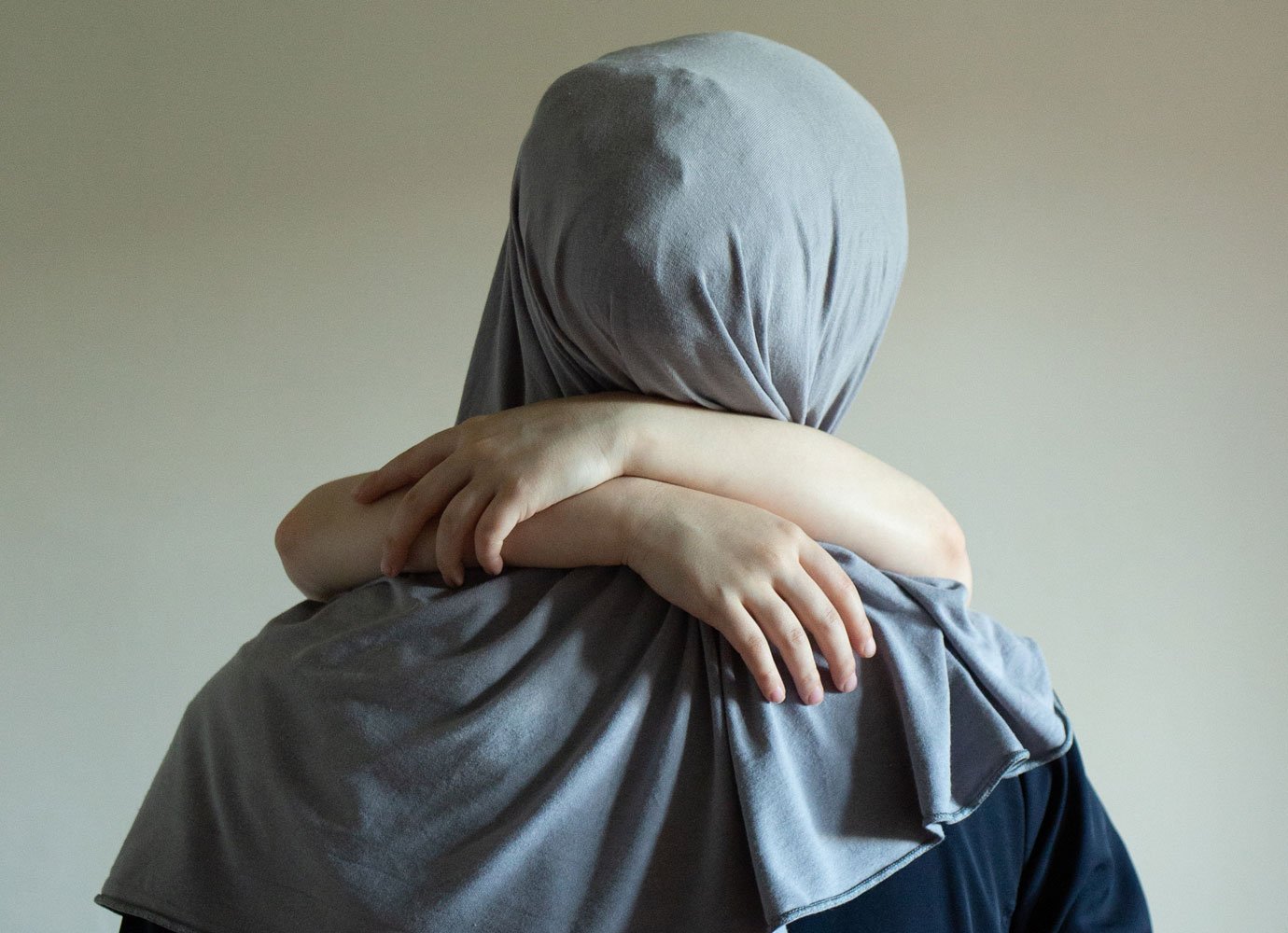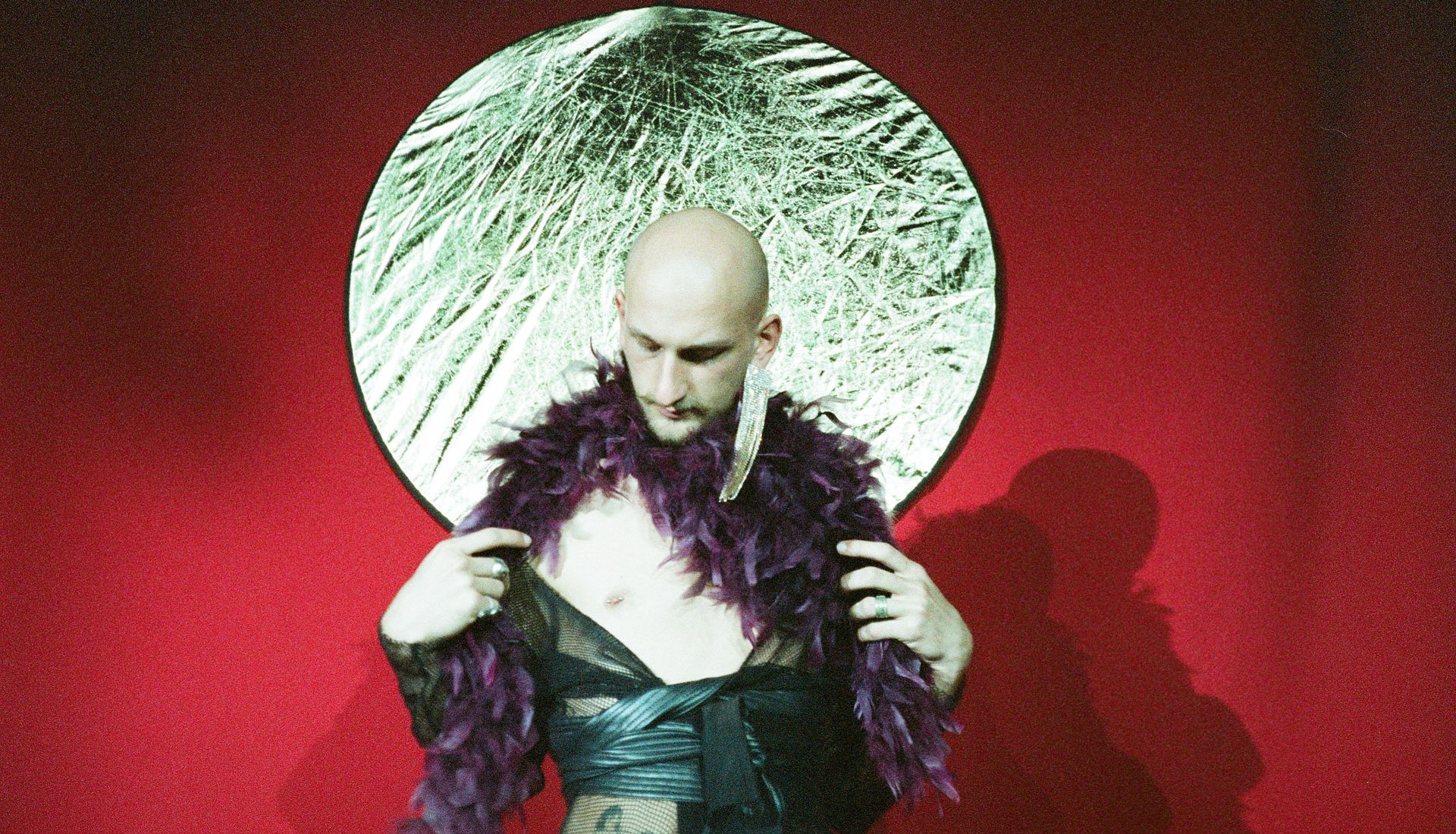‘That’s all I remember of Georgia.’ A photographer who left the Caucasus as a child retraces her steps
Our biannual New East Photo Prize is back this year with 11 finalists. Below, get to know Sochi-based photographer Lilith Matevosyan who explores her family’s migration story in I had left my home early in the morning.
Lilith Matevosyan was born in Tbilisi to Armenian parents in the wake of a national tragedy. Three days prior — on 9 April 1989 – Soviet troops clashed with peaceful pro-independence demonstrators on Rustaveli Avenue, killing 21 people and leaving many other protesters badly injured. “There was a curfew, which made it difficult to get to the hospital,” she later learned. “At the maternity ward, there were further complications because of my mother’s Armenian citizenship.” Her parents decided it would be too complicated to stay in Georgia with an Armenian surname. Just as civil war was erupting within Georgia, they returned to Kirovakan (renamed Vanadzor in 1992) in northern Armenia, a place they had left in 1988 following a devastating earthquake.
Any stories about Georgia were passed down to her from her family. Her own earliest memory of her birthplace was of the few times she accompanied her father there in the 90s. It was the first time she had seen men with guns. On one occasion, she remembers her father being ordered to raise his hands: “He didn’t because he was trying to cover my eyes. That’s all I remember of Georgia from that time.”
When Matevosyan was five, they packed up their lives once more. This time, they moved more than 7,000 kilometres to Russia’s Far East, to settle on an island called Sakhalin, just north of Japan. Not only was it remote, but the instability of the 90s made it a harsh place to survive.
When leaving Armenia, her parents also left behind all of her family archives. In lieu of a family album, Matevosyan — now based in Sochi, Russia — has been piecing together her family history and retracing their journey of migration. “In 2014, I decided to go to Tbilisi — the city I’d heard so much about,” says Matevosyan. She knew she wanted to visit her father’s house and track down any relatives. Beyond that, her homecoming did not have an itinerary: to reconnect, she first had to lose herself. “My first three journeys around Georgia were not planned at all. I would wake up at 6am and walk around the city, taking photos and searching for characters.”
I had left my home early in the morning is a shifting, intimate, life-long project that splinters into several chapters. Infused with digressions, like her own family story, it weaves in challenging themes, from displacement to loss. “Probably, the most significant additions to the project are the portraits of my dad, as well as my self-portraits, where I recreate photos of my mum who passed away when I was 12. I’ve always been told that I resemble my mother, not just in looks but gestures and movements. Separately, I’ve been collecting her archive photos and even using items that belonged to her in my images,” explains Matevosyan, who was able to realise the project thanks to a grant for South Caucasian female photographers from Tbilisi Photography & Multimedia Museum, and additional support from her mentor Justyna Mielnikiewicz. Since then, she’s also brought her father on research trips to Georgia and Armenia. “Though I used to travel alone to take photographs, I cherish the trips I’ve shared with my father, especially the stories he tells me.”
While Matevosyan has been gathering archive materials, she has also been picking and preserving flowers from her trips. In 2017, she found an old case at her aunt’s house full of photos she’d never seen before, including images of her parents in their youth. “They were black and white and diverse and from different times. Among them, I found my photo as well, the first picture I took for my Russian immigration documents. I laid out the passport photos and then remembered my herbarium collection, the flowers and plants which I gathered near our homes in Armenia and Georgia. I took a few shots, then put away the composition. When I picked up my negatives, the image stood out.”
When she first began looking into her history, she had planned to put it all in one big book. Her motivation was to tell not only her own family story, but the story of many families like hers, who left the Caucasus after the collapse of the Soviet Union in search for a better life. In reliving their migration story, she has also been reconnecting with family and laying down her own roots. Perhaps, that’s why hers in the only passport photo that is uncovered: she is waiting for her own seeds to bloom.
